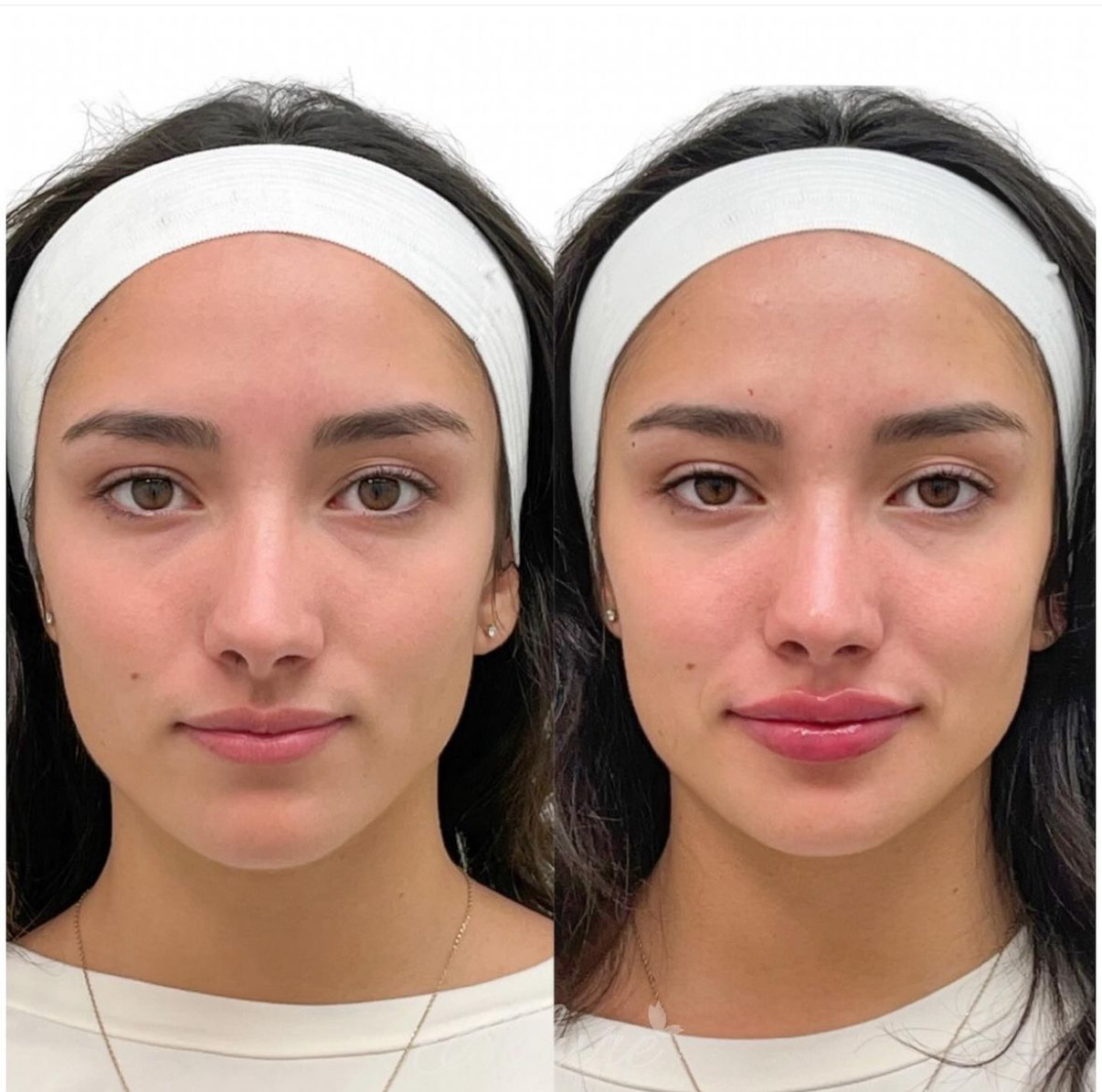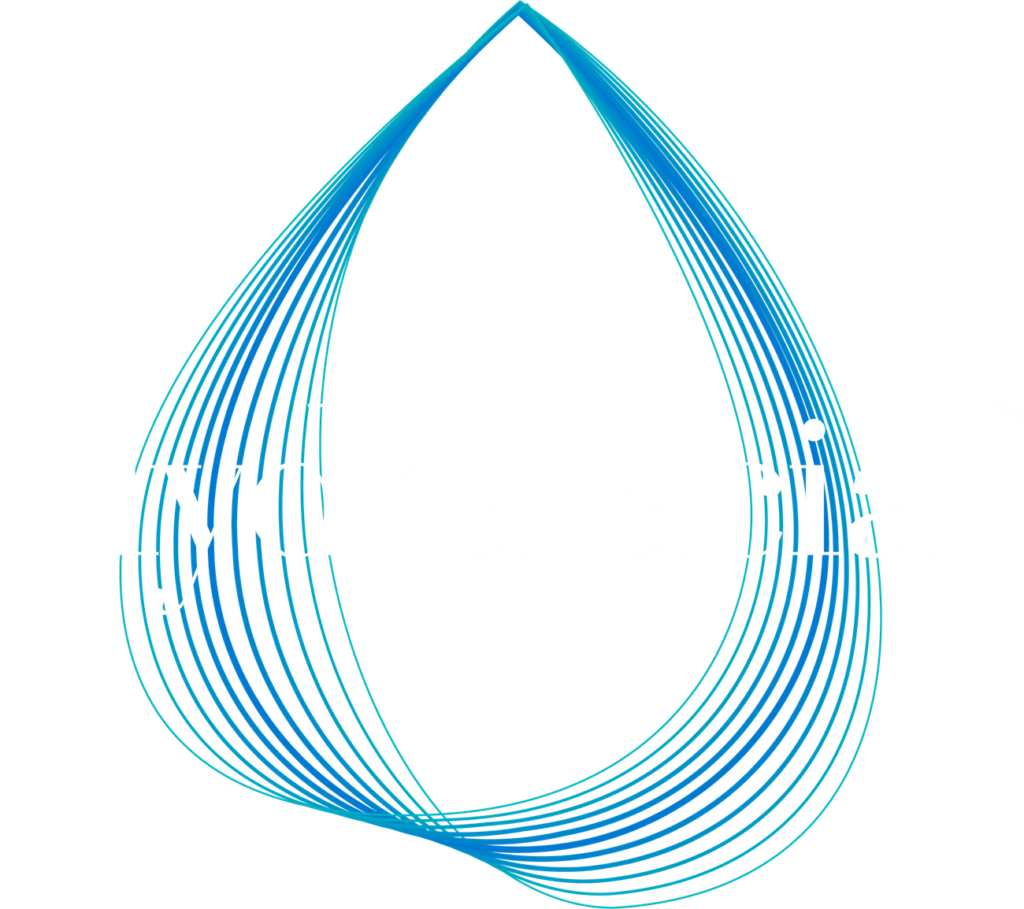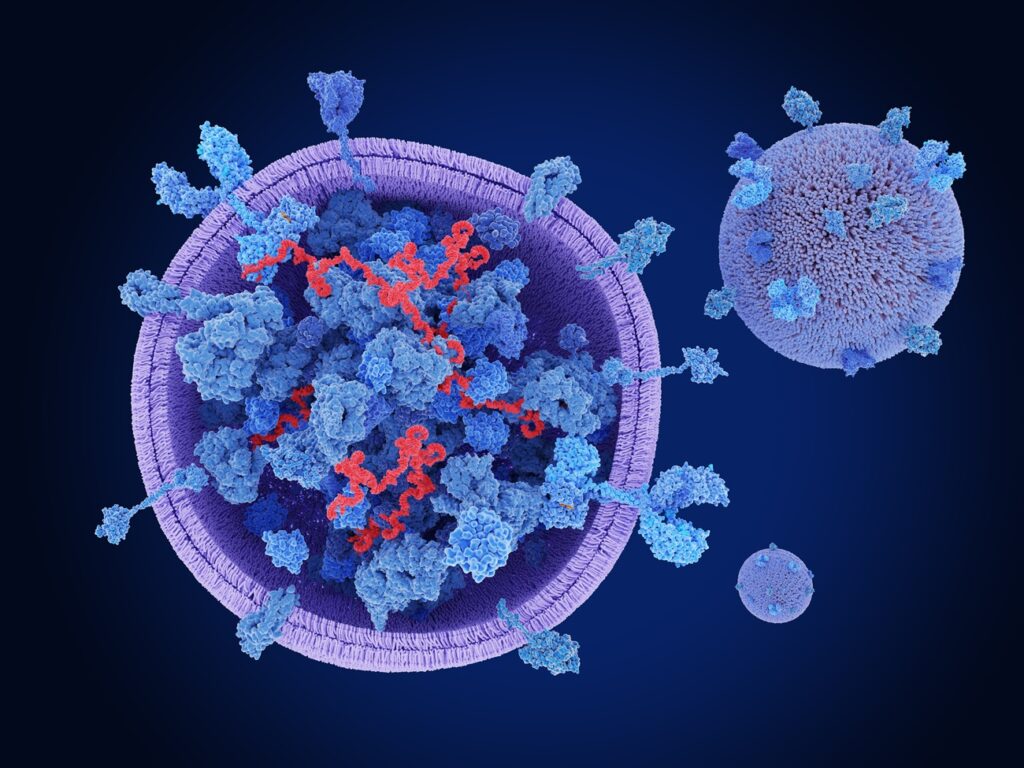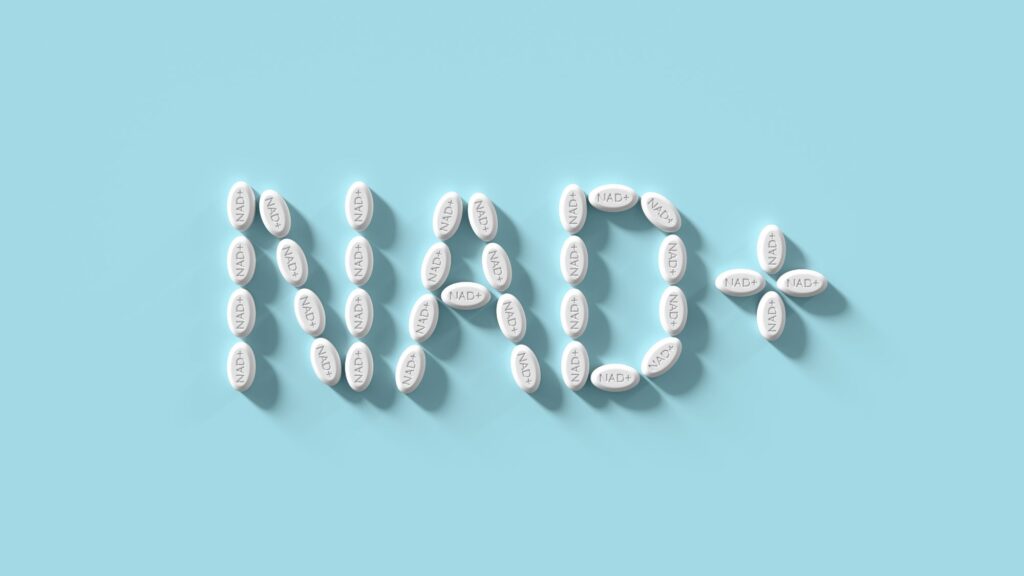Types of Dermal Fillers, Their Uses, and Risks
History of Dermal Fillers
Dermal fillers have a long history dating back to the middle 1800s when early cosmetic procedures used paraffin and silicone for facial enhancement. At the time, materials were primarily used to smooth wrinkles and plump hollow areas, but they often resulted in issues such as infections and disfigurement, making these methods unsafe.
The development of modern dermal fillers began in the 1980s with the introduction of bovine collagen, which offered a safer option for reducing wrinkles and improving facial volume. While effective, collagen fillers required frequent treatments, and their results were temporary. However, the real breakthrough came in the early 2000s with the introduction of hyaluronic acid (HA) fillers, which provided safe and more effective results.
Today, dermal fillers are used for a variety of reasons beyond wrinkle reduction, including enhancing facial contours, restoring lost volume, and improving the appearance of scars. With continued improvements, fillers have become a cornerstone of non-surgical cosmetic treatments, offering patients minimally invasive options to achieve youthful, natural-looking results.
Types of Dermal Fillers
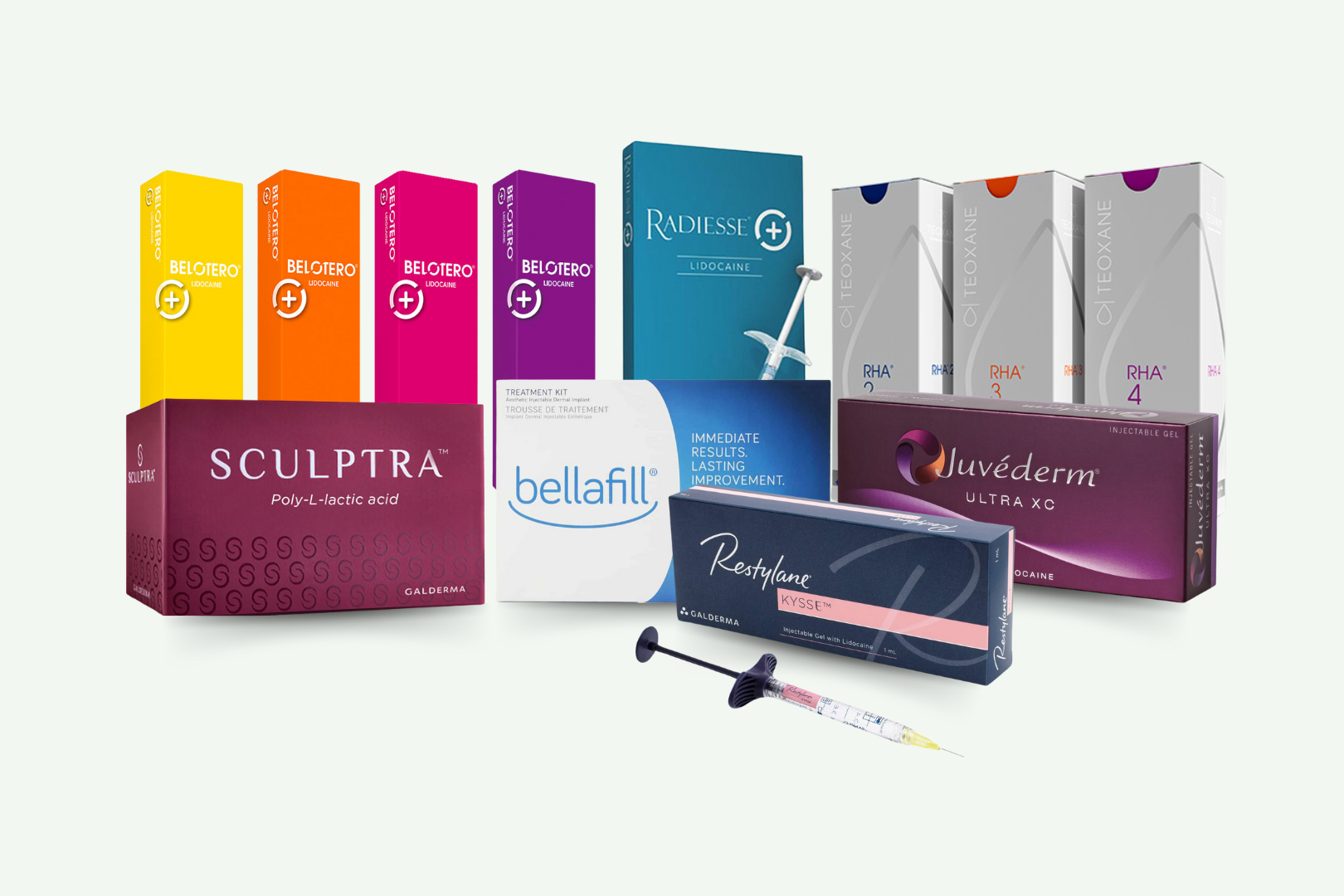
When it comes to restoring youthful volume and smoothing wrinkles, dermal fillers offer a range of options for different facial concerns. From enhancing lips to filling deep wrinkles, each type of filler serves a unique purpose. Here’s a quick explanation of the most popular types of dermal fillers.
Hyaluronic Acid (HA) Fillers:
-
Juvederm (Allergan): Known for its smooth consistency and versatility, used for various facial areas, including lips, cheeks, and nasolabial folds.
-
Restylane (Galderma): Offers a range of products for different areas, providing subtle and natural results, often used for lips, under-eye hollows, and facial wrinkles. At Allure Aesthetics, we prefer Restylane over Juvederm, as we find it is more well-rounded and less migratory.
-
Belotero (Merz): Designed to integrate smoothly into the skin, ideal for fine lines and moderate-to-severe wrinkles.
-
RHA (Revance): A resilient HA filler designed to adapt to facial dynamics, suitable for dynamic wrinkles and folds.
Calcium Hydroxylapatite Fillers:
-
Radiesse: Provides immediate volume and stimulates collagen production, commonly used for deeper wrinkles and facial contouring.
Poly-L-Lactic Acid Fillers:
-
Sculptra: Gradually stimulates collagen production for long-lasting results, suitable for deep wrinkles and facial volume loss.
Learn more about Sculptra here.
Polymethylmethacrylate (PMMA) Fillers:
-
Bellafill: Contains collagen and PMMA microspheres for immediate and lasting correction of wrinkles and acne scars.
Differences Between Types of Dermal Fillers
-
Hyaluronic Acid Fillers (Restylane, Juvederm, RHA, Belotero): Provide immediate results, are dissolvable with hyaluronidase, and can be used for various cosmetic purposes. They offer a natural look and feel and are great for both superficial and deeper wrinkles.
-
Calcium Hydroxylapatite Fillers (Radiesse): Denser than HA fillers, providing more structural support. It is typically used for deeper wrinkles and facial contouring, such as the jawline and chin.
-
Poly-L-Lactic Acid Fillers (Sculptra): Stimulates collagen production over time, resulting in gradual and improvements that last a long time. Ideal for large volume restoration.
-
PMMA Fillers (Bellafill): Provides a permanent solution with microspheres that remain under the skin, making it good for deep wrinkles and scars.
Why Are Dermal Fillers Used?
Different types of dermal fillers are used for different cosmetic enhancements:
-
Wrinkle Reduction: Smooth out fine lines and deep wrinkles.
-
Volume Restoration & Contouring: Enhance cheeks, lips, and other facial contours.
-
Scar Treatment: Improve the appearance of acne scars and other depressions.
-
Facial Rejuvenation: Restore youthful fullness to the face.
Where Are Dermal Fillers Used?

Fillers are commonly used in the following areas, with different types of dermal fillers being suitable for different areas:
-
Lips: To enhance fullness and shape.
-
Cheeks: To restore volume and contour.
-
Nasolabial Folds: To smooth out deep lines running from the nose to the mouth.
-
Marionette Lines: To reduce lines running from the mouth to the chin.
-
Under-Eye Hollows: To fill in hollow areas and reduce dark circles.
-
Jawline and Chin: To enhance definition and contour.
-
Acne Scars: To fill in depressed scars and smooth skin texture.
-
Nose: To give a more straight or slim appearance to the nose or hide a dorsal hump.
Risks and Side Effects of Dermal Fillers
The risks and side effects of fillers vary depending on the types of dermal fillers used. However, some common side effects can be expected.
Common Side Effects:
-
Redness, swelling, and bruising at the injection site.
-
Tenderness and itching.
-
Temporary lumps or bumps under the skin.
Specific Risks for Different Types of Dermal Fillers:
-
Hyaluronic Acid Fillers: Rare risk of blocking a blood vessel, which can be treated with hyaluronidase.
-
Calcium Hydroxylapatite Fillers: Slightly higher risk of nodule formation, which can be reduced with proper injection technique. Creates much more initial swelling than HA fillers.
-
Poly-L-Lactic Acid Fillers: Requires multiple sessions; results appear gradually. There’s a risk of small bumps under the skin, which usually resolve on their own.
-
PMMA Fillers: Permanent filler with risks of granulomas and nodules, which require surgery if complications arise.
Dermal Fillers Preparation and Aftercare

Preparation:
-
Consultation to discuss goals and expectations.
-
Medical history review to identify contraindications.
-
Avoiding medications and supplements that thin the blood before the procedure.
Aftercare:
-
Avoid strenuous activities and excessive sun exposure for 24-48 hours.
-
Apply ice packs to reduce swelling and bruising.
-
Follow-up appointments to assess results and manage any complications.
Conclusion
Dermal fillers have come a long way from their early beginnings, evolving into a safe and effective way to enhance facial features and reduce signs of aging. With various types of fillers made for different needs, there’s a solution for everyone—from subtle volume restoration to dramatic contouring. However, understanding the types, uses, and post care of fillers is essential for making informed decisions about your aesthetic goals.
If you’re ready to enhance your natural beauty our services for dermal fillers in Philadelphia, book a consultation with Allure Aesthetics today. Visit our booking page or call us at 610-393-1253 to get started!





